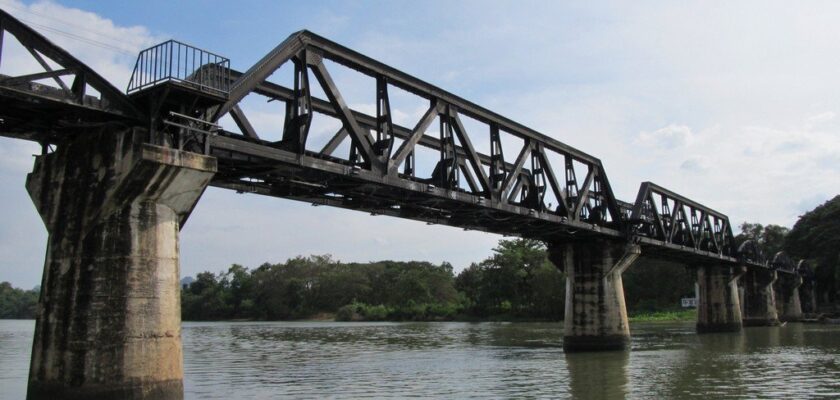Bridge over the River Kwai
The Bridge on the River Kwai is one of Thailand’s famous landmarks, the unofficial name of the bridge is the name “Death Road”. But the arched bridge standing here today is not actually the one built by thousands of prisoners of war during the war. Remnants of that temporary wooden bridge can be seen when the water recedes.
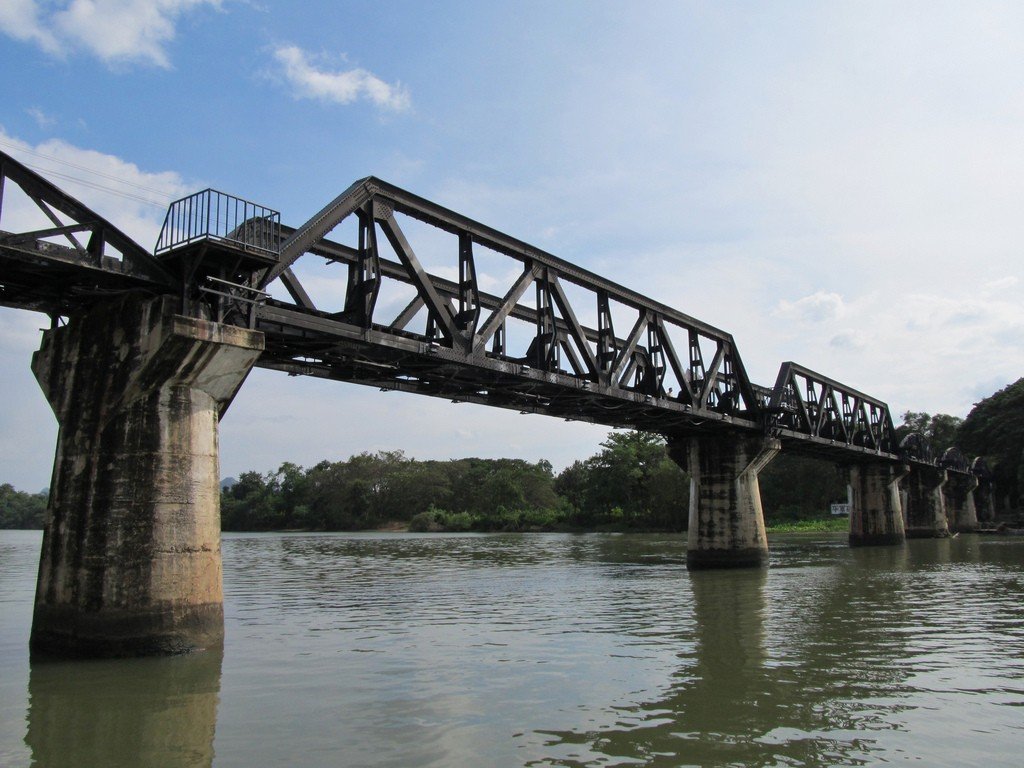
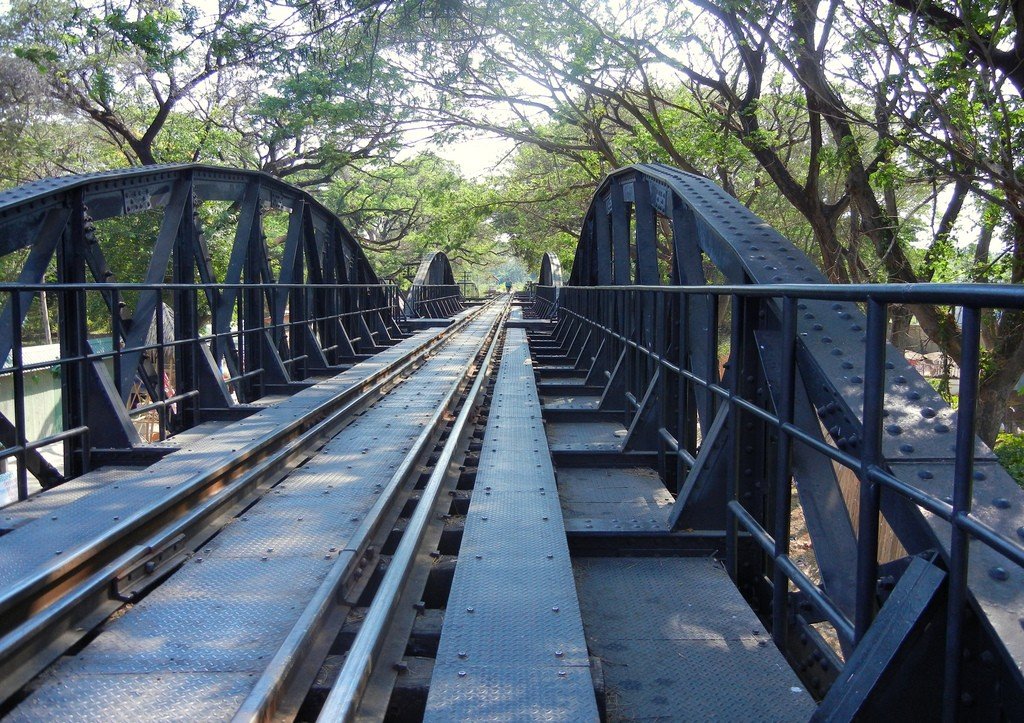
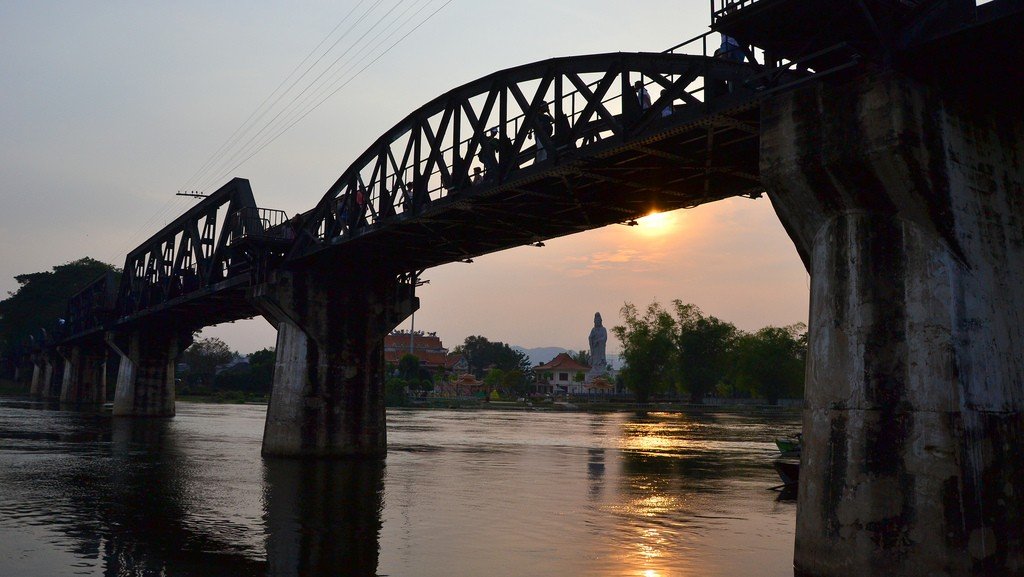
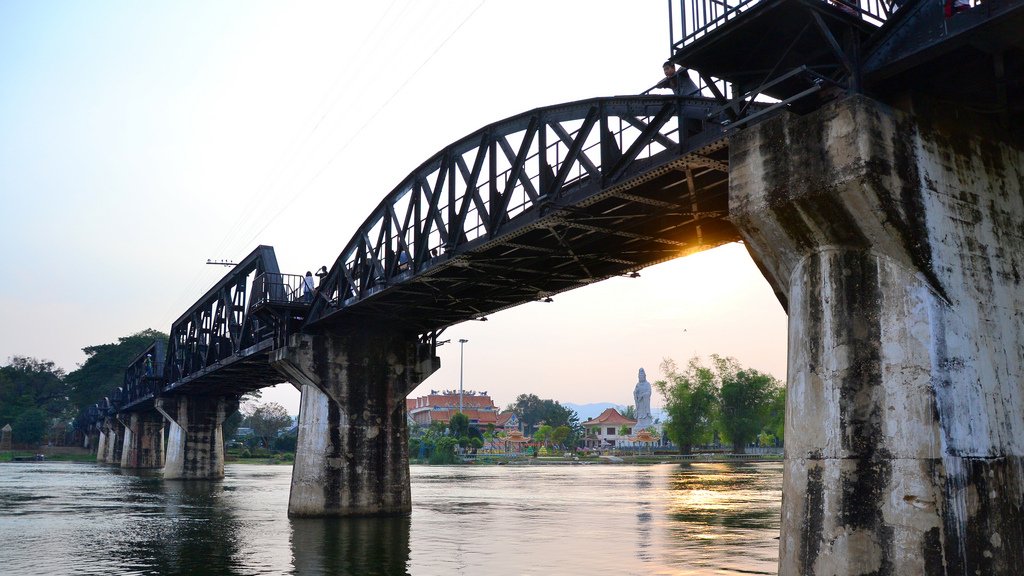
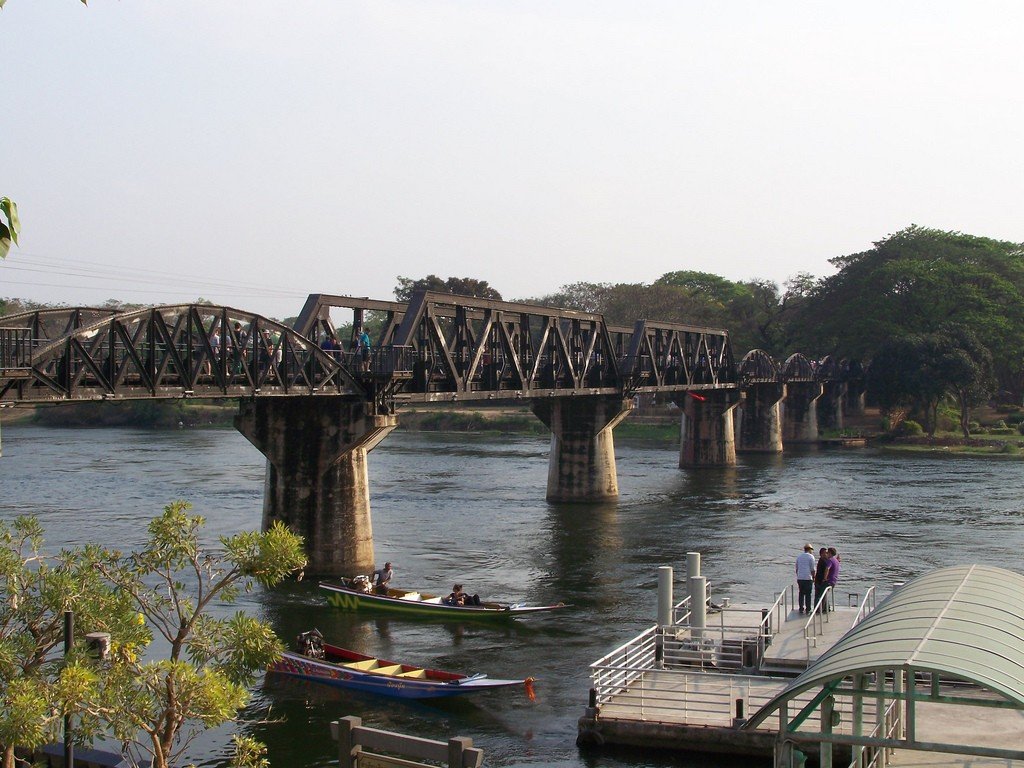
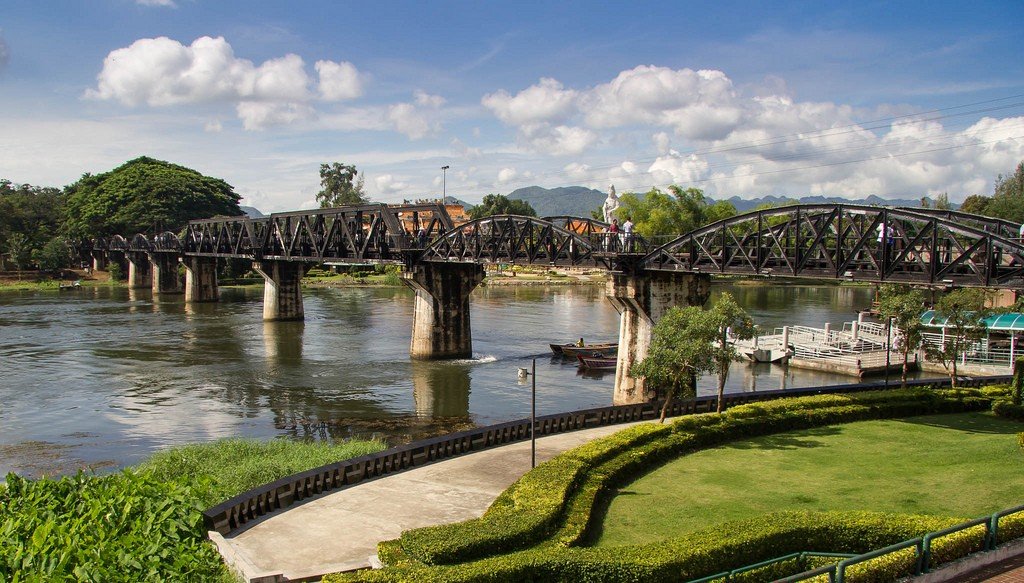

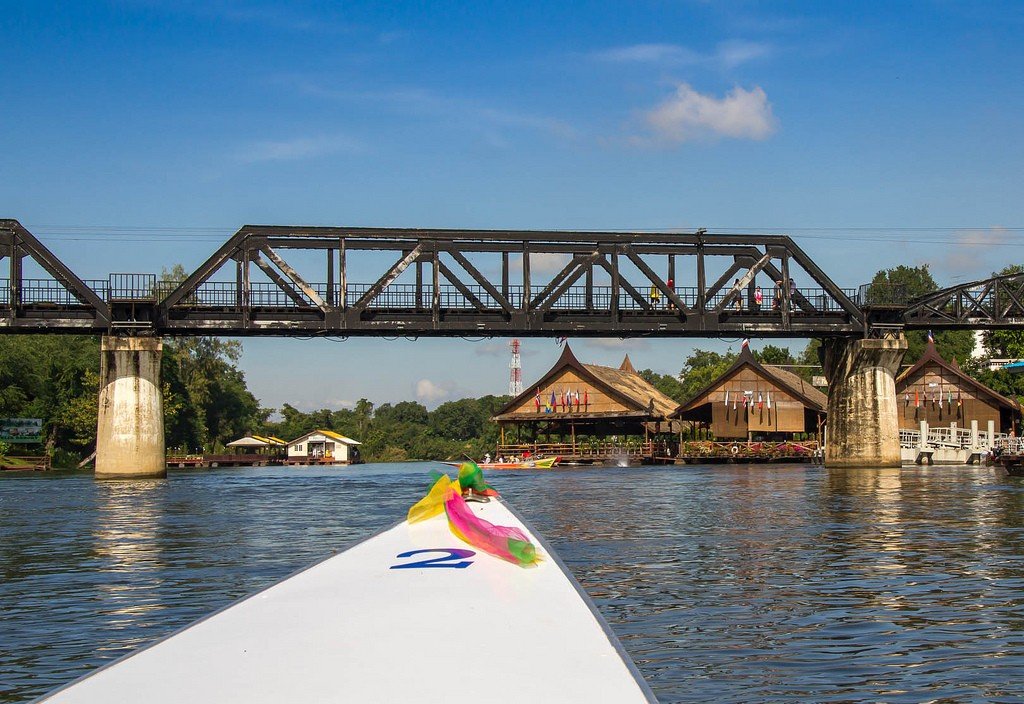
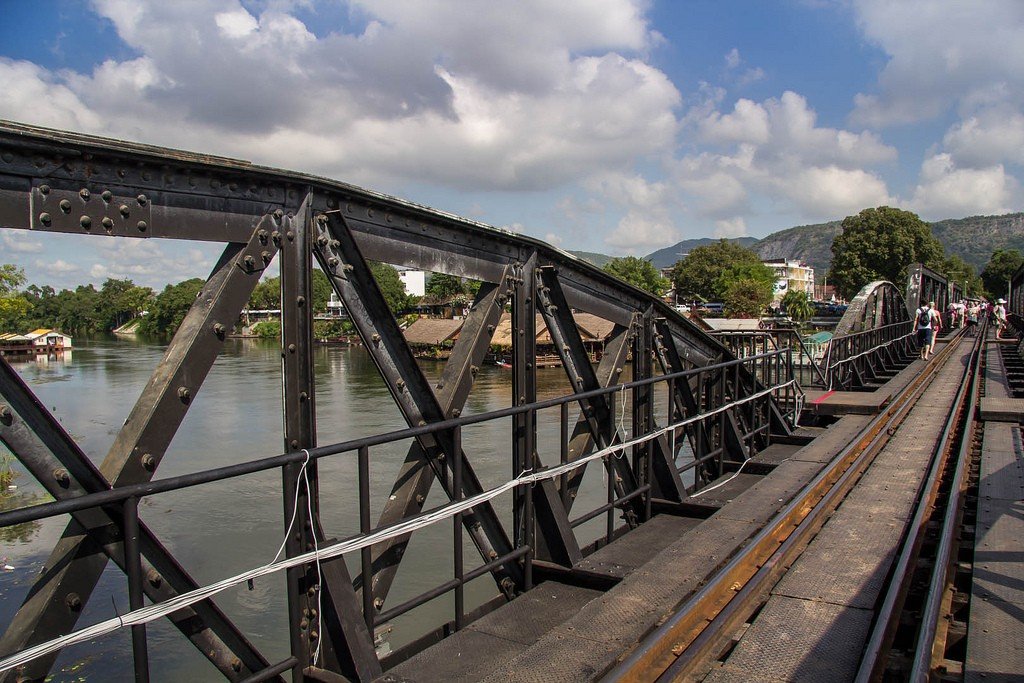

General Information
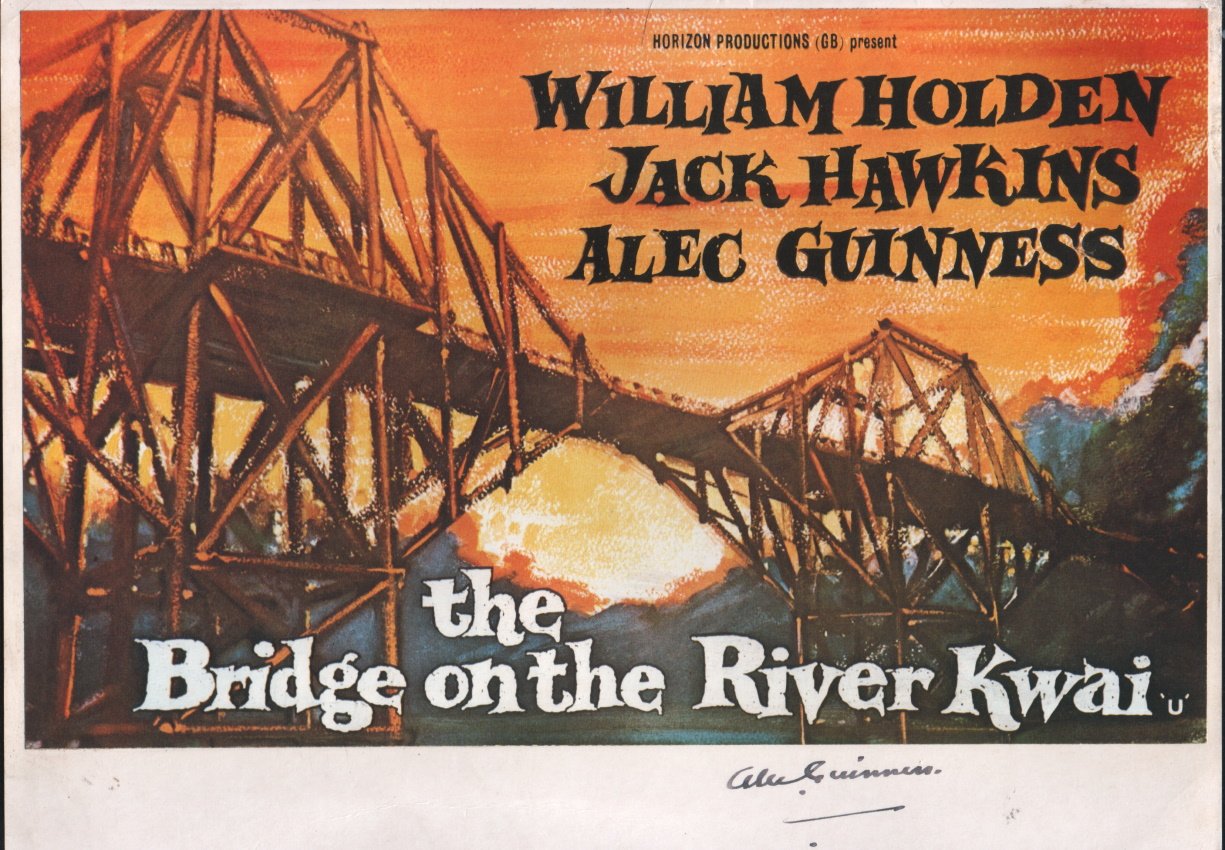
Those who built this bridge, one of the infamous structures of the 20th century, had no time to whistle. They were prisoners of war captured by the Japanese: British, Australians, Americans, Dutch. Their number is estimated at about sixty-one thousand people. Along with them worked another quarter of a million Asian prisoners: from Burma, Malaysia, Thailand and even from Japan itself. The town, which today attracts tourists with hotels, restaurants and souvenir shops, was the site of a prisoner-of-war camp with hellish conditions. Many could not withstand the unbearable heat and clouds of midges, while others died of exhaustion, beaten by guards or shot.
.
Many people were also killed by bombs dropped by Allied planes. Thanks to Pierre Boule’s novel “Bridge over the River Kwai” (1956), the fate of these people became known around the world. But the real fame of the bridge was brought by the movie of the same name shot a little later in Ceylon (today Sri Lanka) with Alec Guinness.
.
Wooden Bridge
This bridge over the small Khueyai River was built as part of a strategically important railroad line that would pass over the Three Pagodas Pass and connect Thailand to Burma to ensure the uninterrupted flow of essential military supplies. The line, with a total length of 415 kilometers, was soon dubbed the “Road of Death”. Construction work lasted thirteen months, constantly interrupted by Allied air raids. Of course, the bridge that can be seen today is different from the one erected then. The “real” bridge was built of teak wood (and the temporary bridge about 100 meters downriver, the remains of which are exposed during drought, was made of bamboo). The concrete abutments supporting the steel structure, which today tourists flock to photograph, were put in place in the post-war years.
.Traveling to Namtok
After crossing the bridge, the train gradually picks up speed, but after a few kilometers begins to slow down again. For the onward journey to Namtok follows a bamboo structure attached to rocks at a dizzying height. When you look out of the window, you see a vast abyss with the Khuenoi River flowing through the bottom. In the rock you can see the small caves where the prisoners lived. Today, Namtok is the terminus. The tracks that reached Burma were dismantled after the war. There is a small museum in Kanchanaburi on the banks of the Mak Khlong River: the JEATH War Museum. The abbreviation in the name stands for the nations that fought on both sides of the front: the Japanese (Japanese), the English, the Australians (Australian) and the Thais (Thai).
. The main part of the museum is three shacks, similar to those in which most of the prisoners lived. There are old photographs, handwritten notes and drawings by prisoners about life in the camp, as well as improvised surgical instruments made by prisoner doctors to treat their comrades..
After the War
The end of the war did not bring liberation for most prisoners. The Japanese deported them to the mines of Nagasaki. Here several thousand more died in unimaginable agony. You should definitely visit at least one of the two soldiers’ cemeteries, which can be reached by boat from the bridge. One thousand seven hundred victims of forced labor are buried here among the lush greenery.
.